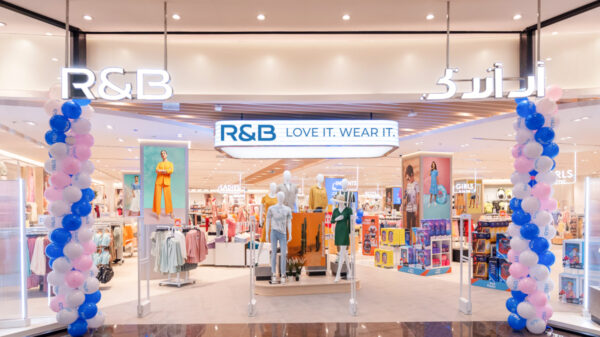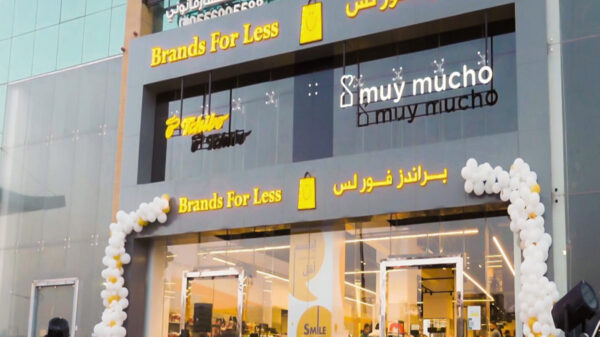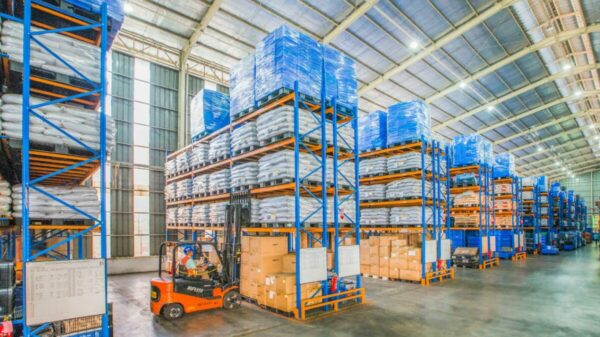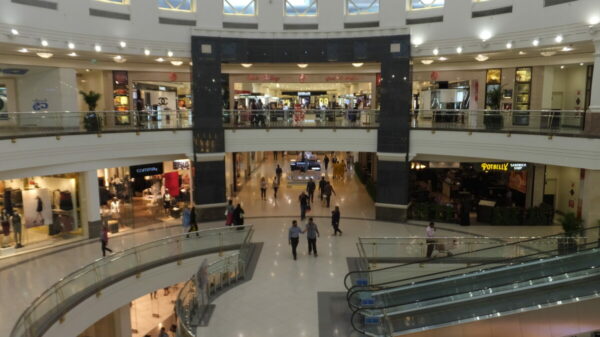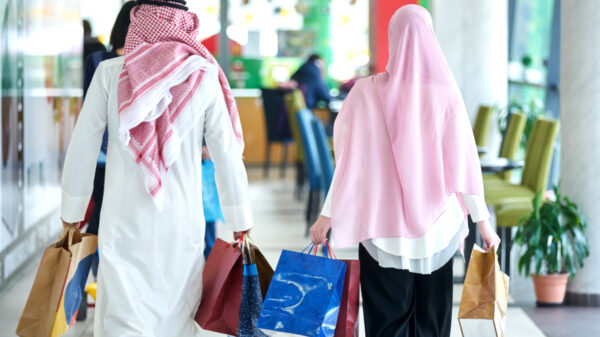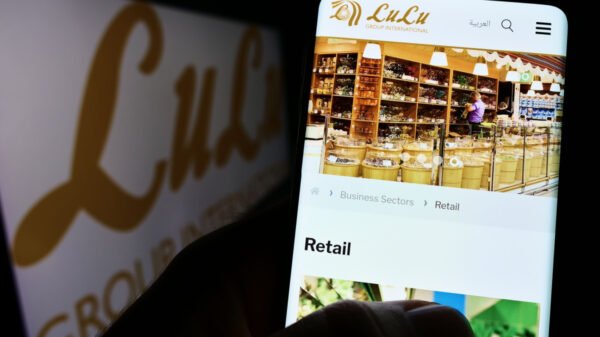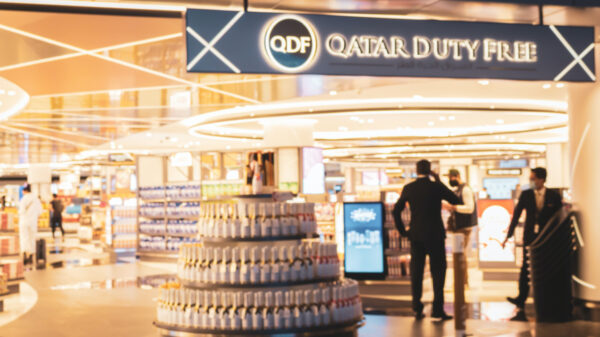The beauty markets in the Middle East and Africa present huge opportunities for the global cosmetic industry, according to participants of a round-table session titled Health & Beauty in Sync held in Bologna.
The panellists at the conference, organised in collaboration with market intelligence firm Euromonitor International, stressed the region’s yet untapped opportunities for growth.
Euromonitor International said beauty brands should explore the immense potential of these markets, which are marked by a strong demographic push, growing urbanization and an average increase in purchasing power.
The main driving categories were identified as hair care (with a value of 7.9 billion dollars), fragrances (6.3 billion dollars) and skin care products (5.5 billion dollars).
By 2027, the region is expected to reach a revenue of 47 billion dollars, with an average annual growth of 12 per cent.
Key growth factors
The Middle East markets is experiencing a dramatic expansion due to the growing purchasing power of local consumers.
Senior analyst at Euromonitor International, Mehr Shafiei, said: “Beauty is not just about appearance but has a psychological component that is connected to being part of a community.
“Euromonitor has identified ‘wellness’ as a megatrend, which means it’s a trend that is here to stay. The theme of wellness has emerged predominantly as a result of greater attention to health, but also because of better communication via social media.”
Fuelled by digitalisation, the entire region, especially the GCC countries, offer ample growth opportunities, largely thanks to untapped per-capital potential.
Another key element is the young average age of the population, with 50 per cent aged 35-40. This implies that youngsters are viewed as trendsetters behind crucial developments.
Rising disposable incomes and overall rising wealth, especially among the younger urban middle class, also play a role in emphasising health and well-being.
In addition, tourism is also growing, and the area is a strategic market for purchases, as prices are markedly lower in the UAE than in Europe.
Founder of Nazih Group, Nazih Hamad, described digitization and social media as strategic tools: “It is not important what brands tell consumers, but what consumers share and their satisfaction.”
The discussion also touched on the pivotal role of the Middle East local authorities in preventing counterfeiting and illegal trade.
However, as the region is far from being homogenous, attention should be paid to the cultural differences, panellists cautioned. For example, Saudi Arabia is the country with the most demanding consumers, Dubai is the trendiest metropolis and Bahrain boasts the highest purchasing power, panellists noted.
General manager of AKI BinSina (UAE), Della Pass, said: “The region is a melting pot with huge differences: understanding its specific needs is essential.
“There are many local indie brands, which respond more effectively to local needs with their products. They are more flexible than international brands, which have more difficulty proposing customised products. The Middle East is the land of diversity: Western stereotypes are almost disappearing. New standards of beauty, new images and above all the use of Arabic instead of English are fundamental for a brand doing business in the region.”

